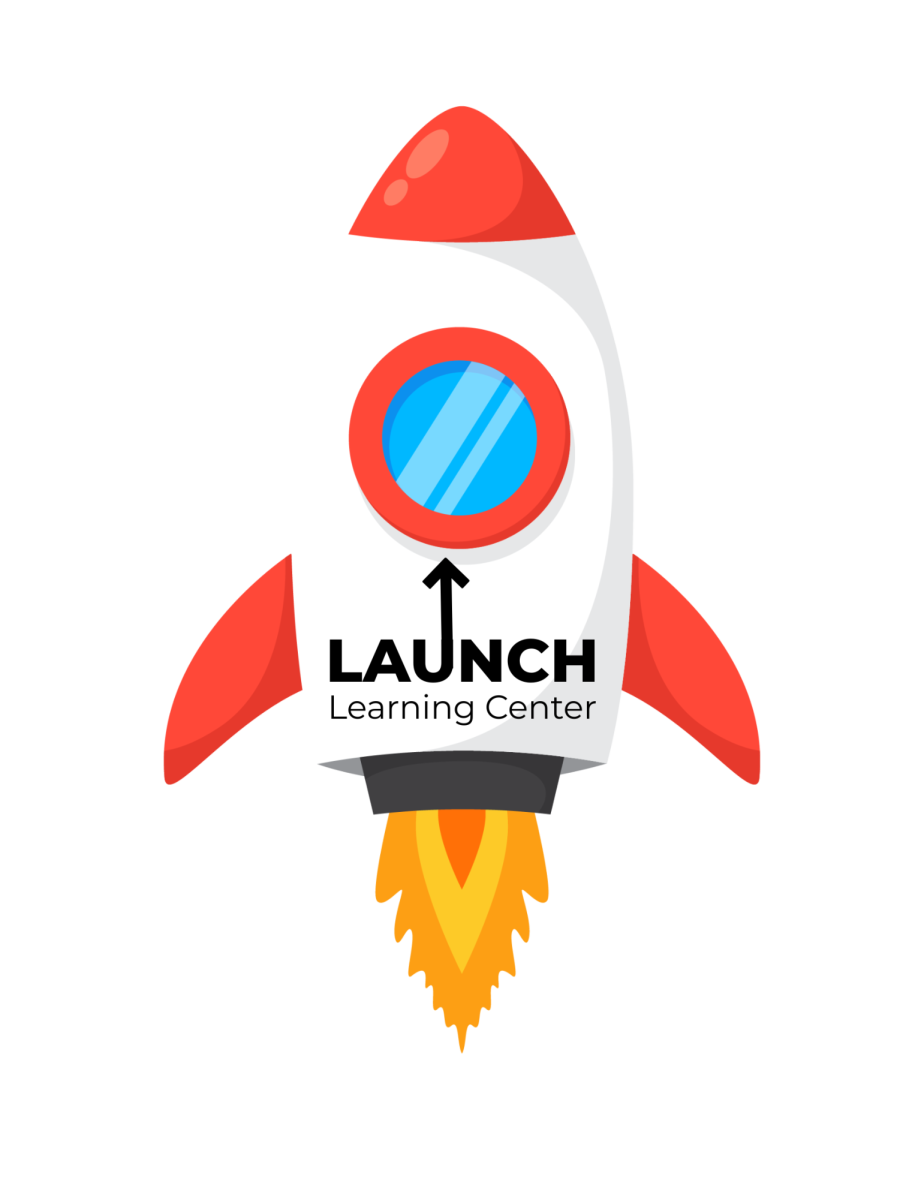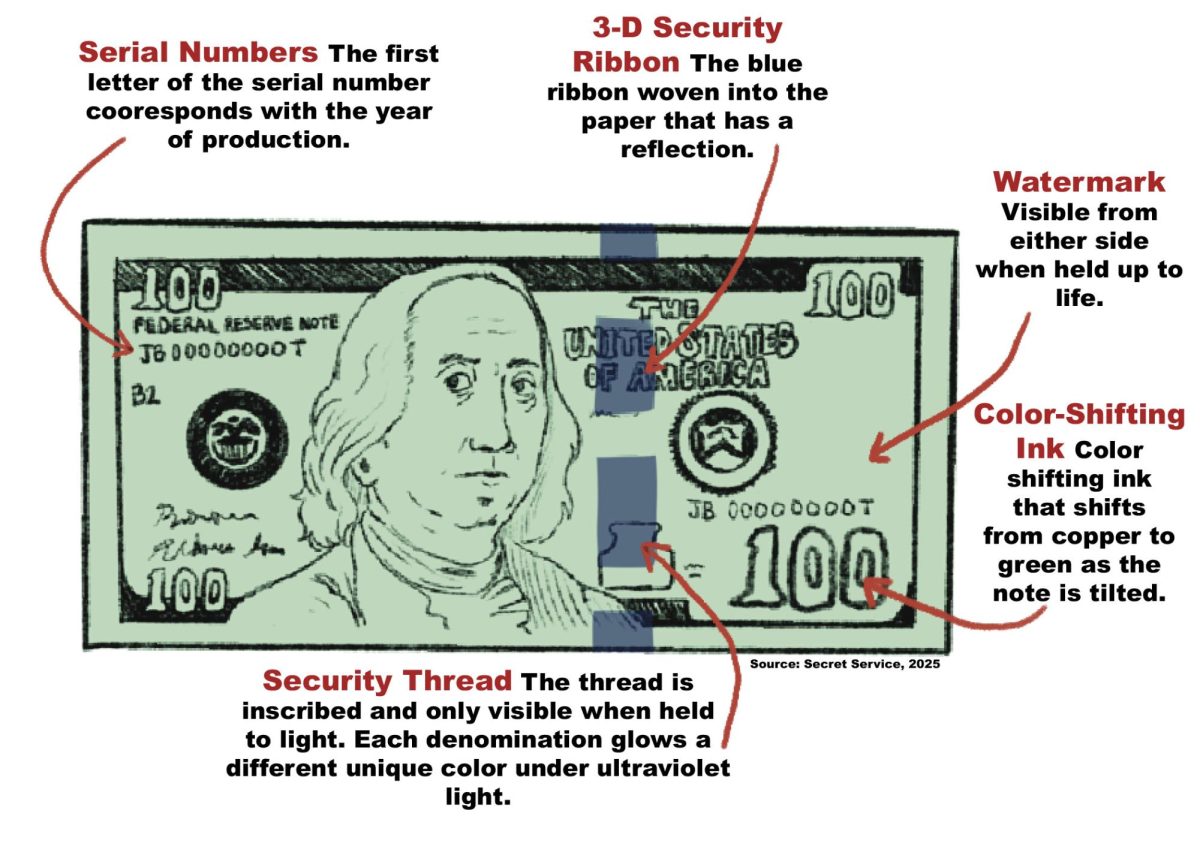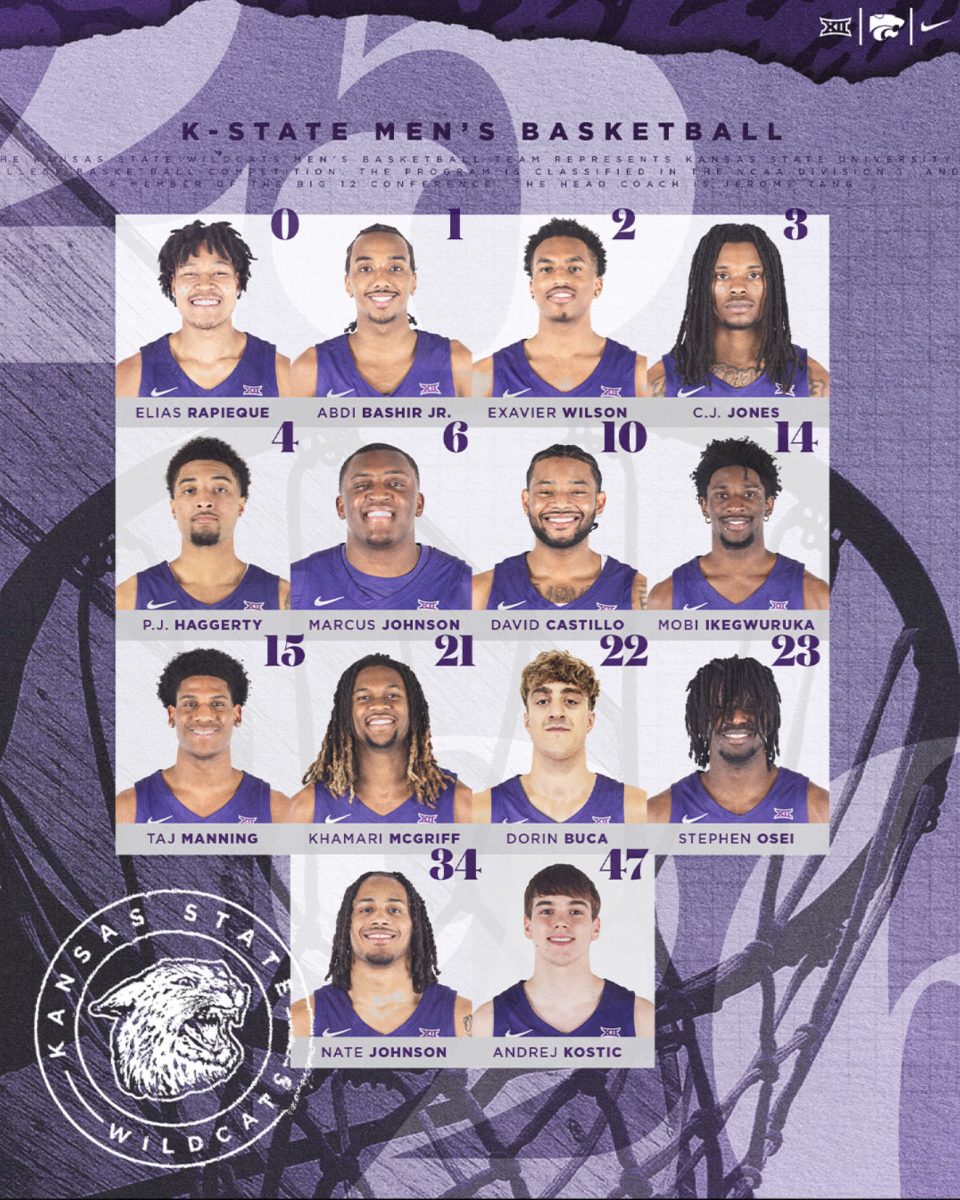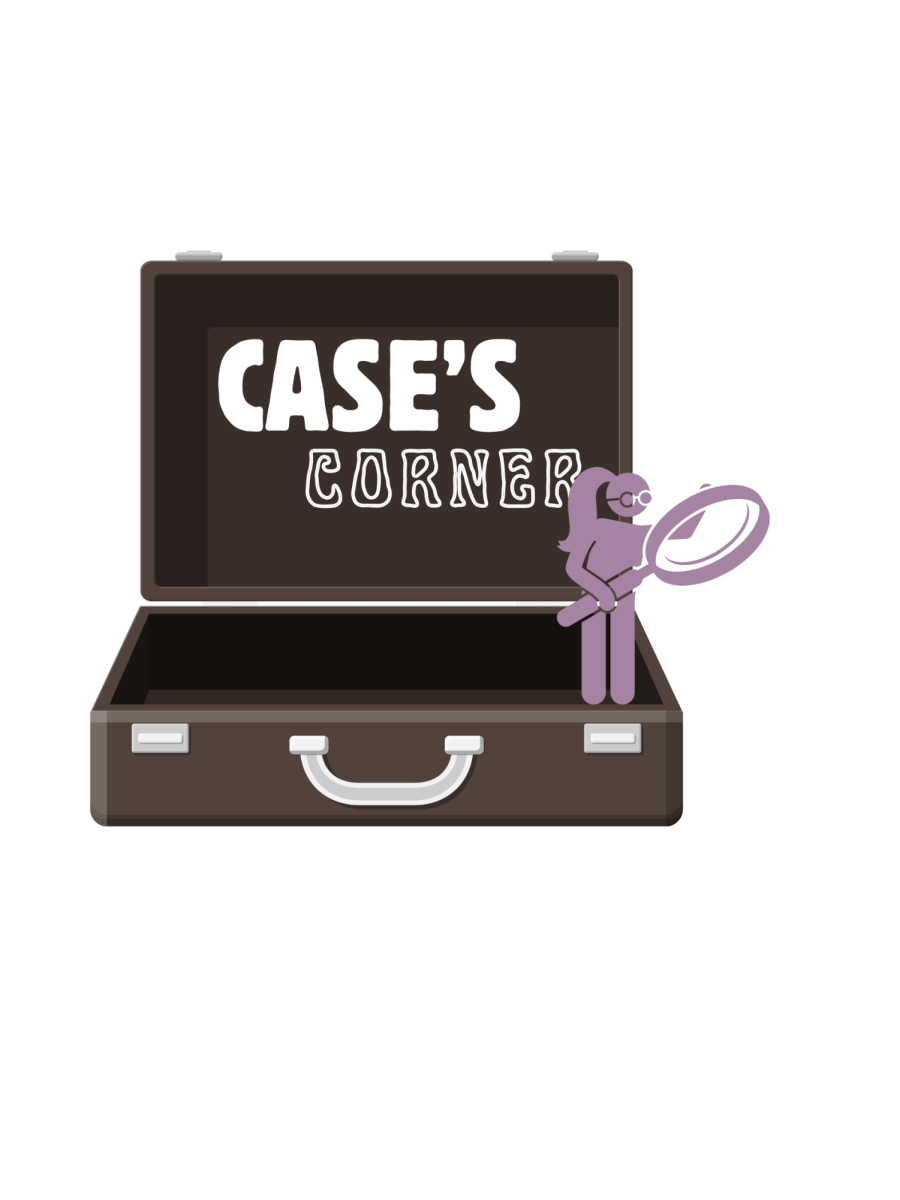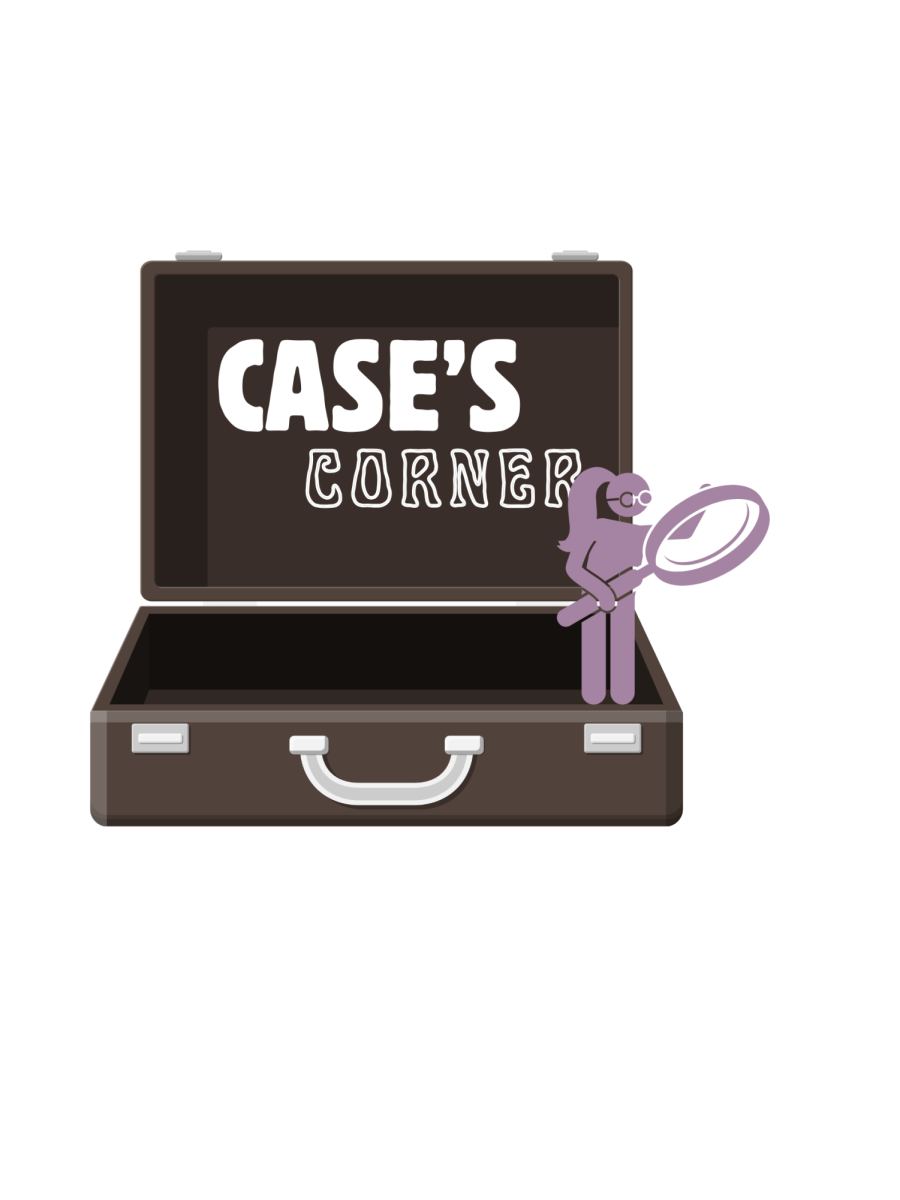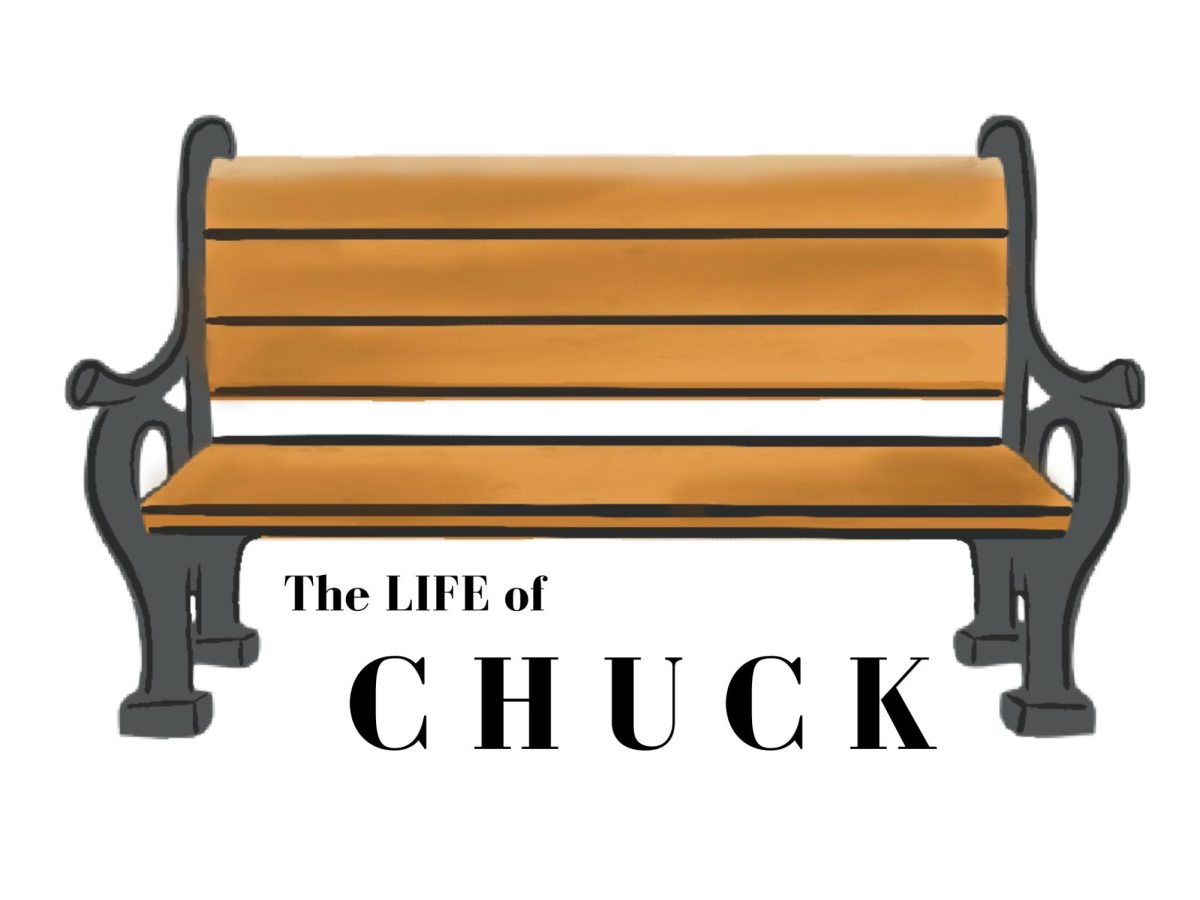Selecting the right children’s workbooks can transform the learning experience into a fun adventure. These educational tools are more than just pages of exercises; they are gateways to a world of exploration and discovery for kids. Workbooks, when chosen thoughtfully, can enhance a child’s educational routine by reinforcing concepts taught in school and providing valuable practice at home. By incorporating workbooks into learning, you’re not just offering children additional practice but also nurturing their curiosity and zest for knowledge.
What to Look for in Workbooks for Kids
When selecting workbooks for children, it’s essential to focus on features that ensure they are both effective and engaging. Here are some key aspects to consider:
- Age Appropriateness: Ensure the workbook matches the child’s age and developmental stage. Younger kids might need more visuals and less text, while older children can handle more complex tasks.
- Content Engagement: Look for workbooks with interactive elements such as puzzles and coloring activities which help keep children interested.
- Educational Value: Opt for workbooks that align with educational standards and support learning in specific subjects like math, reading, or science.
Educational Workbooks for Different Age Groups
7-Year-Olds
Selecting the right workbooks for 7-year-olds can greatly enhance their educational journey. Children at this age are developing critical skills in reading comprehension and basic math. Workbooks tailored to these needs can support their growth and confidence. Here are some tips on choosing the best workbooks for this age:
- Age-Appropriate Content: Ensure the workbook matches the child’s intellectual level and interests.
- Engagement: Look for colorful pages and engaging activities that maintain the child’s interest.
- Skill Focus: Choose workbooks that emphasize reading, writing, and arithmetic.
- Parental Guidance: Select options that allow for parental involvement, providing opportunities for shared learning experiences.
For further insights into developmental milestones for 7-year-olds, you can refer to My Health Alberta.
5th Graders
When selecting educational workbooks for 5th graders, it’s essential to align them with school subjects, particularly math and science. Here’s how to ensure your choices meet educational benchmarks:
- Curriculum Compatibility: Choose workbooks that align with the school’s curriculum to reinforce classroom learning.
- Advanced Concepts: Opt for books that introduce more complex topics in a simple way.
- Interactive Learning: Workbooks featuring puzzles and problem-solving exercises can help hone critical-thinking skills.
- Diverse Subjects: Ensure coverage of various subjects to provide a well-rounded practice.
The Role of School Books in Learning
Integrating traditional school books with children’s workbooks creates a solid foundation for diverse learning experiences, according to recent research. Here’s how you can balance their use effectively:
- Comprehensive Approach: Use school books for theory and factual learning, and workbooks for practical exercises.
- Consistent Practice: Workbooks can serve as a daily practice tool to reinforce what’s taught in school books.
- Enhanced Understanding: Using both aids in developing a deeper understanding of subjects, as each has unique strengths.
- Resource Variety: Combine different types of educational materials to cater to various learning styles.
Benefits of Fun and Interactive Workbooks
Children’s workbooks have evolved to include interactive features that provide an engaging learning experience. These features, such as puzzles and games, make the learning process more enjoyable and help children retain information better. Here’s how these fun elements contribute to effective learning:
- Increased Engagement: Interactive activities capture children’s attention and make them eager to learn. This active participation is crucial for maintaining interest in educational tasks.
- Improved Retention: When learning is fun, children are more likely to remember what they’ve learned. Interactive exercises help solidify concepts in a child’s memory.
- Development of Critical Thinking: Puzzles and games enhance problem-solving skills, encouraging children to think creatively and critically.
To support this, the National Association for the Education of Young Children (NAEYC) emphasizes the importance of play-based learning in developing young minds. By incorporating play and learning, workbooks offer a unique advantage in education.
How to Maximize Educational Benefits of Workbook Textbooks
Parents and teachers play a pivotal role in making the most out of workbook textbooks. To enhance learning, consider the following strategies:
- Set Clear Goals: Define what skills or knowledge the child should gain from each session to provide direction and motivation.
- Create a Routine: Establish a regular schedule for workbook use that complements school books. Consistency helps reinforce learning.
- Incorporate Variety: Use different types of children’s workbooks to cover various subjects and skills. This diversity prevents monotony and broadens learning.
- Encourage Self-Paced Learning: Let children work on tasks at their own pace. This builds confidence and fosters independence in learning.
- Provide Support and Guidance: Be available to offer help and guidance, encouraging children to ask questions and explore concepts deeply.
By incorporating these methods, parents and teachers can ensure children get the most out of their educational workbooks.
Summary and Encouragement to Explore Children’s Workbooks
As we’ve explored in this article, selecting the right children’s workbooks can greatly enrich a child’s learning journey. Here’s a quick recap of the key points:
- Diversity and Integration: Incorporating a variety of workbooks into a child’s routine supports fun and effective learning. They complement traditional school books and offer a more rounded educational experience.
- Age-Specific Needs: Tailoring workbooks to children’s age groups ensures that the content is engaging and developmentally appropriate. Whether for 7-year-olds or 5th graders, align the workbooks with current educational standards.
- Maximizing Benefits: Encourage routines and set goals to make the most out of workbook use.
Keeping education fun is essential for maintaining children’s motivation and interest.
Discover More Educational Tools
Beyond workbooks, there are numerous educational tools available that can further enhance learning outcomes. Consider integrating:
- Digital Learning Apps: Many apps offer interactive lessons that complement workbook activities.
- Educational Kits: Kits that provide hands-on experiences can deepen understanding and application of concepts.
- Audiobooks and Podcasts: These can introduce new topics and broaden children’s horizons in a fun way.
Our brand is dedicated to providing child-friendly educational products that support varied learning styles. Visit our official website to explore our collection of creative and engaging educational resources. Empower your child with the right tools to thrive in their learning journey!





















